Tech: Cyclo-cross disc bike round-up
Disc brake-equipped 'cross bikes hit the market en masse
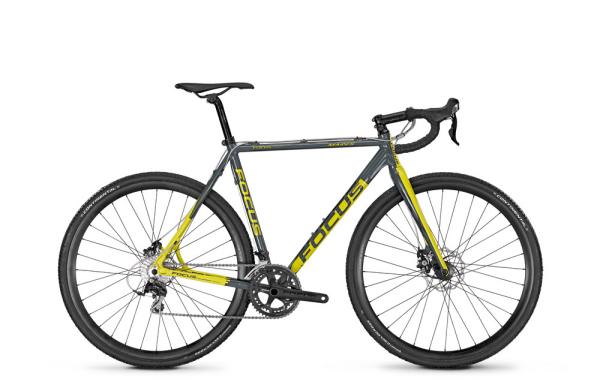
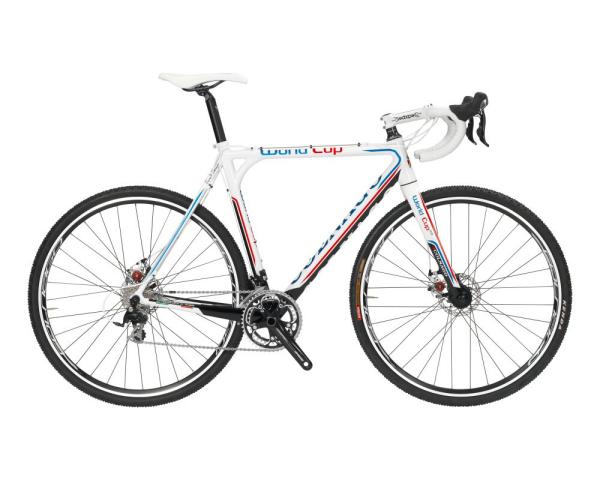
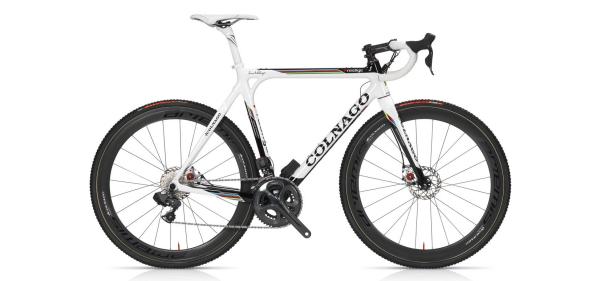
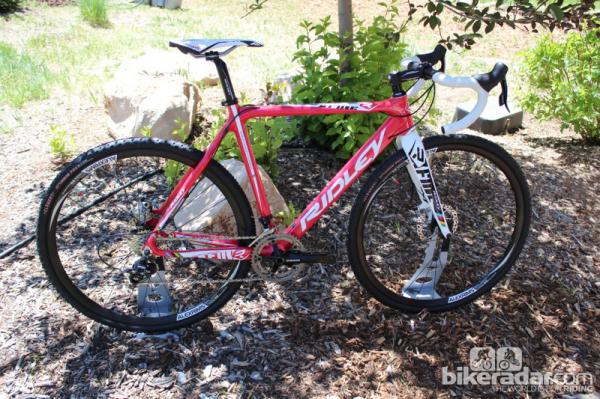
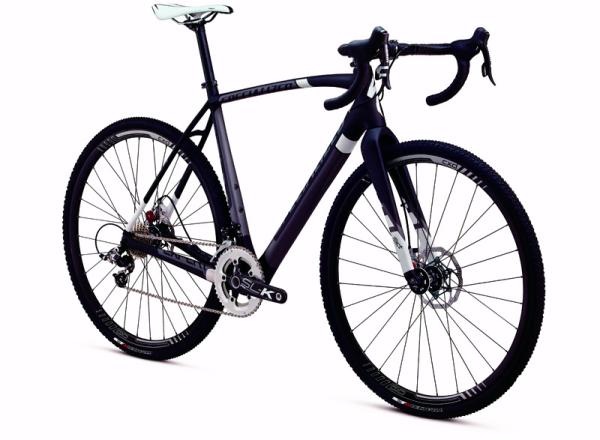
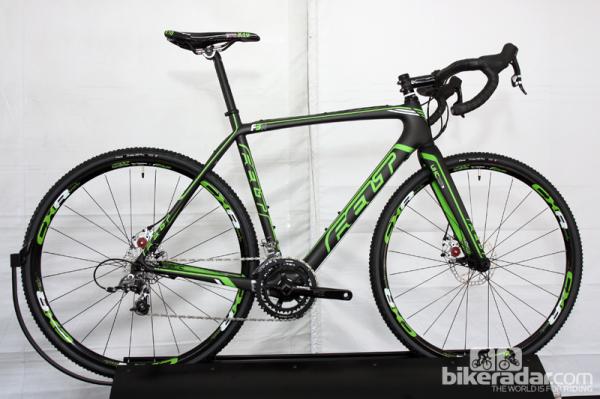
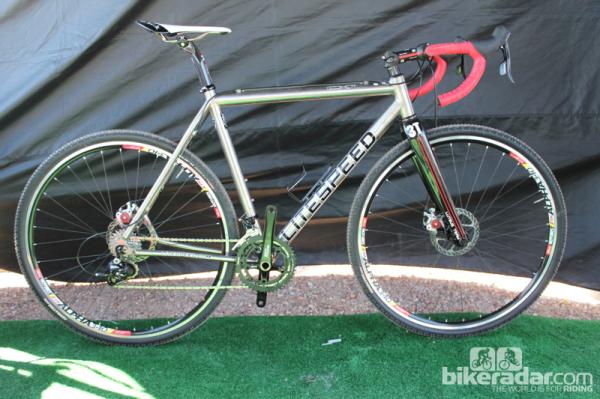
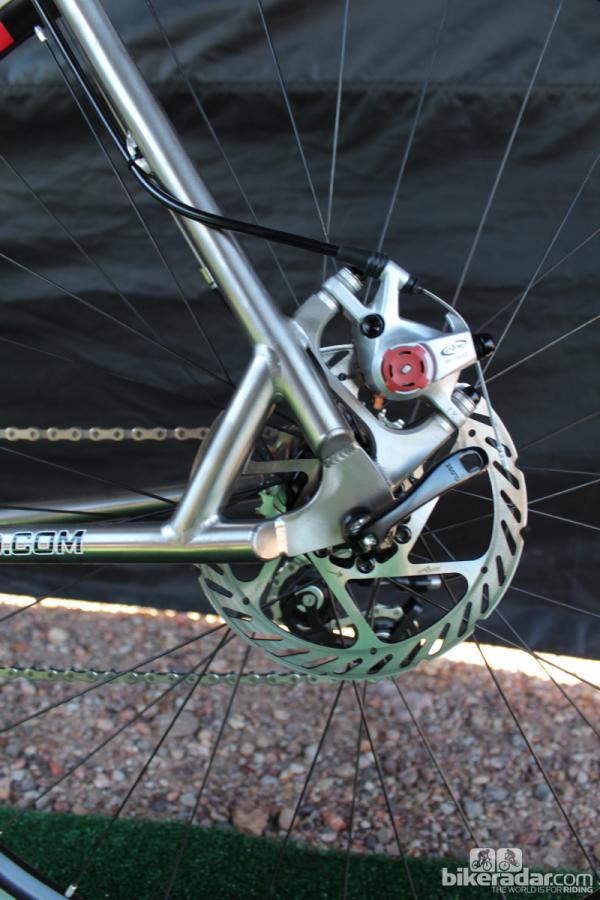
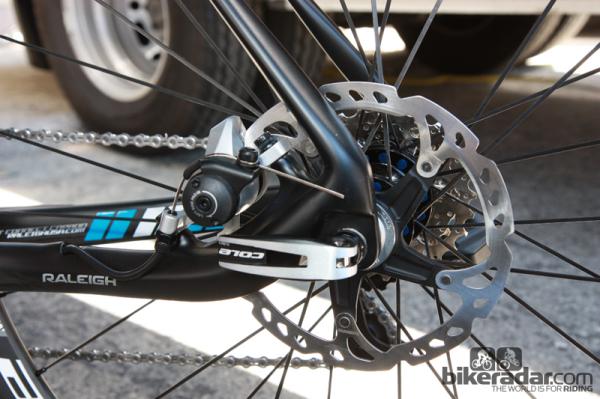
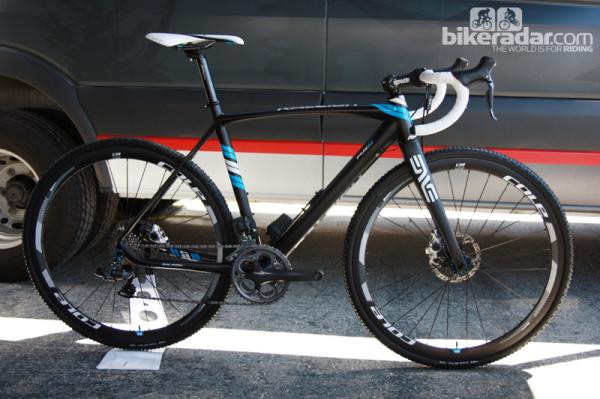
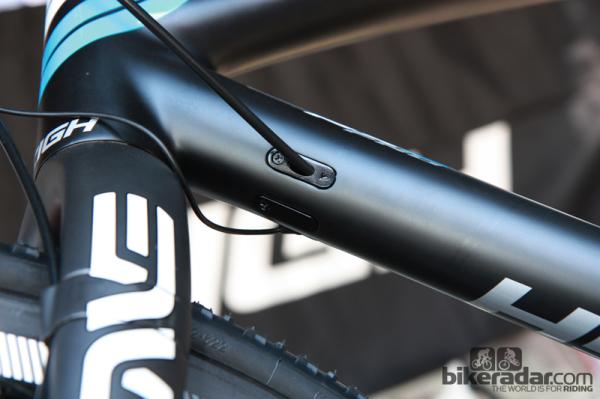
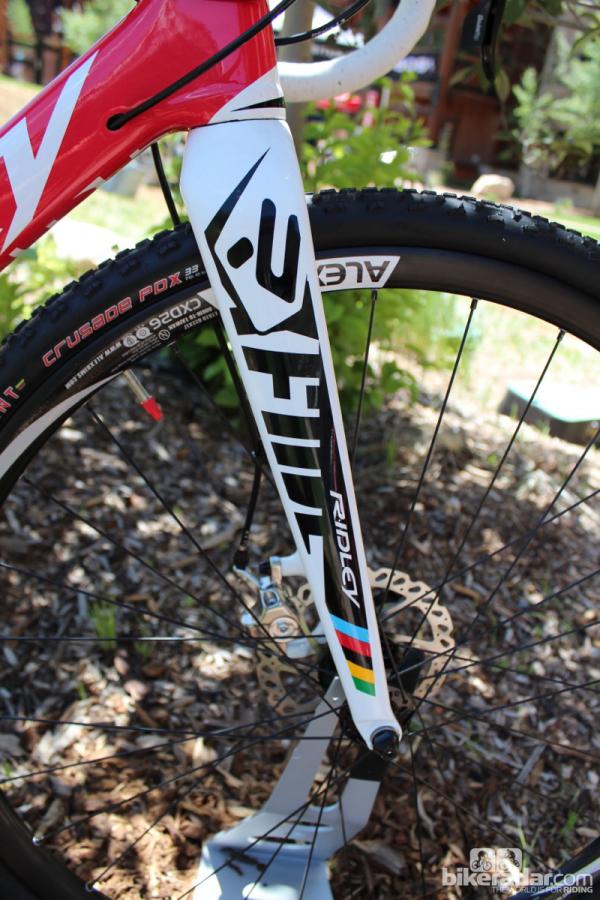
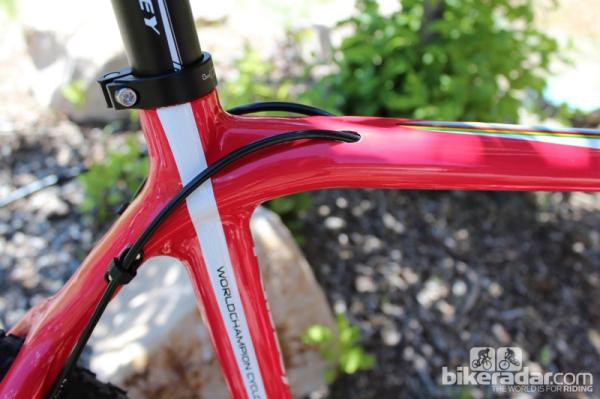
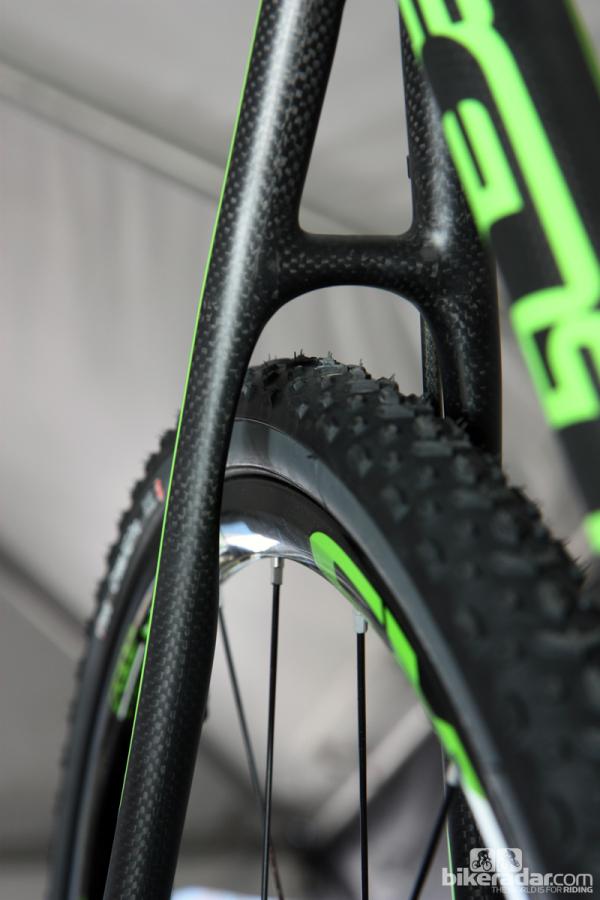
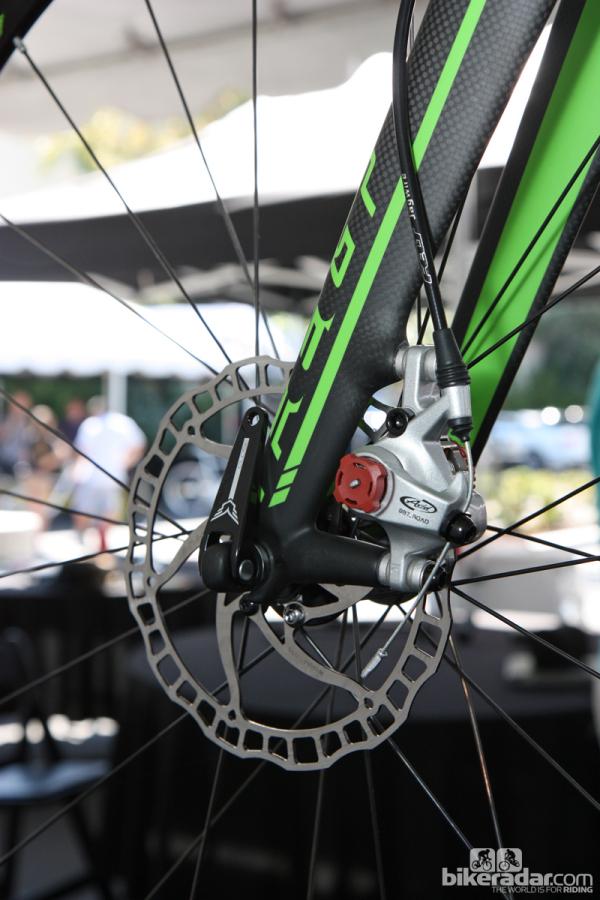
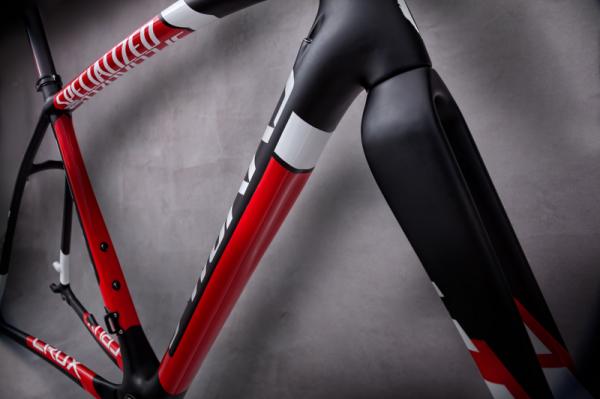
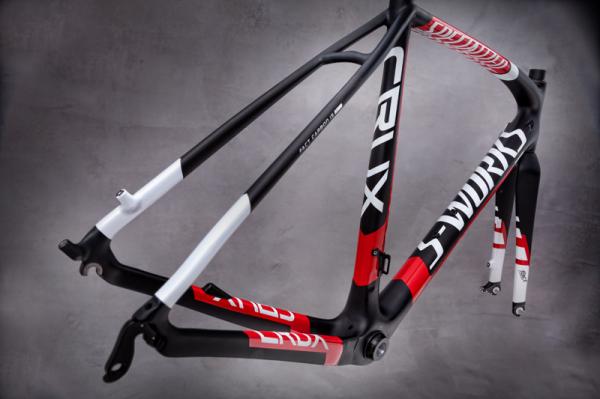
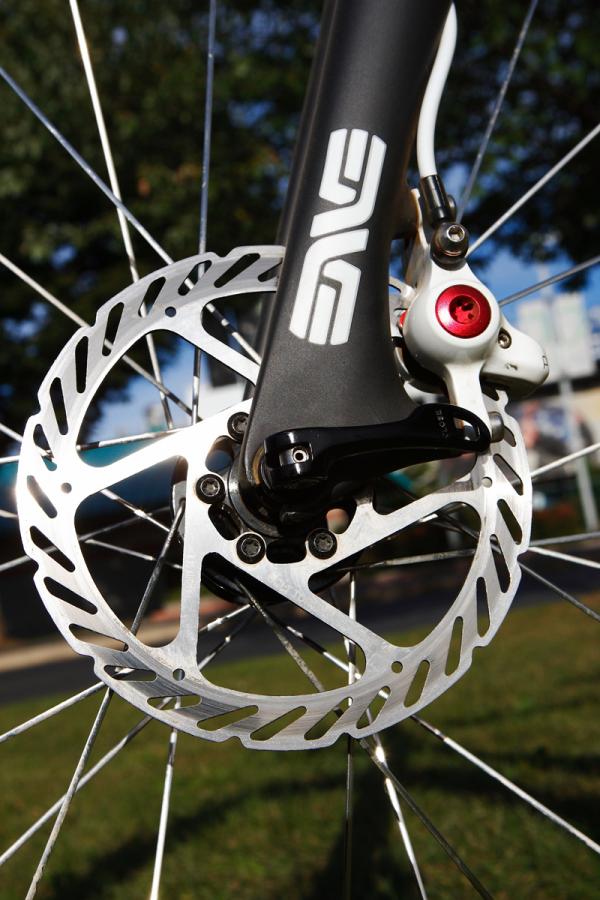
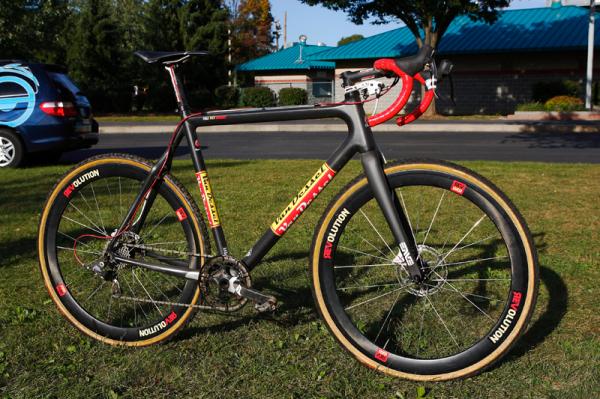
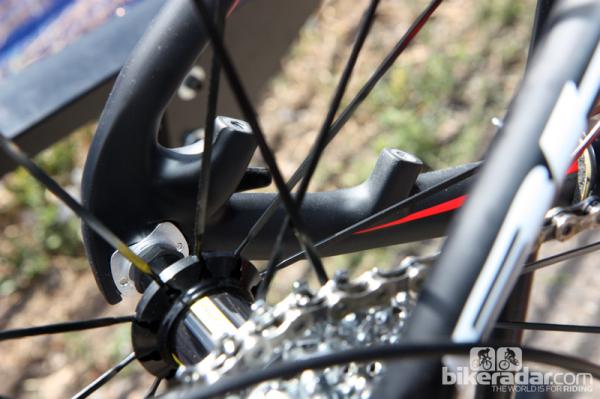
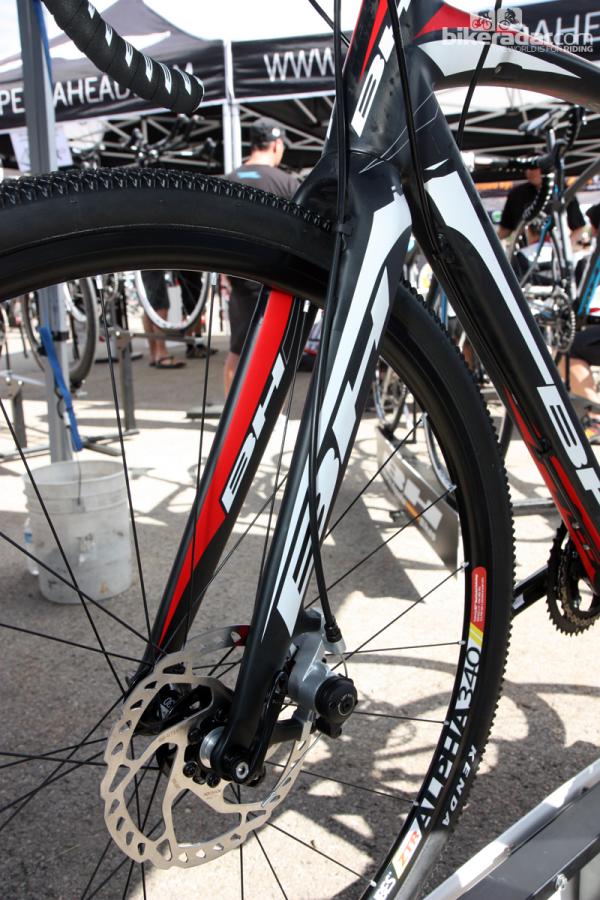
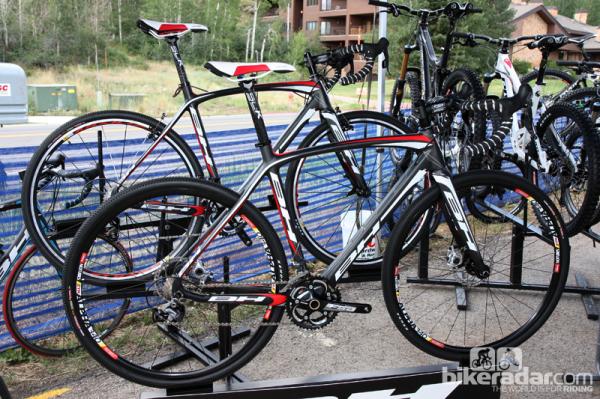
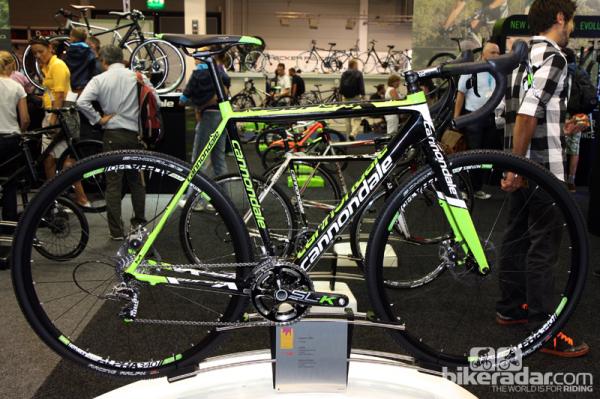
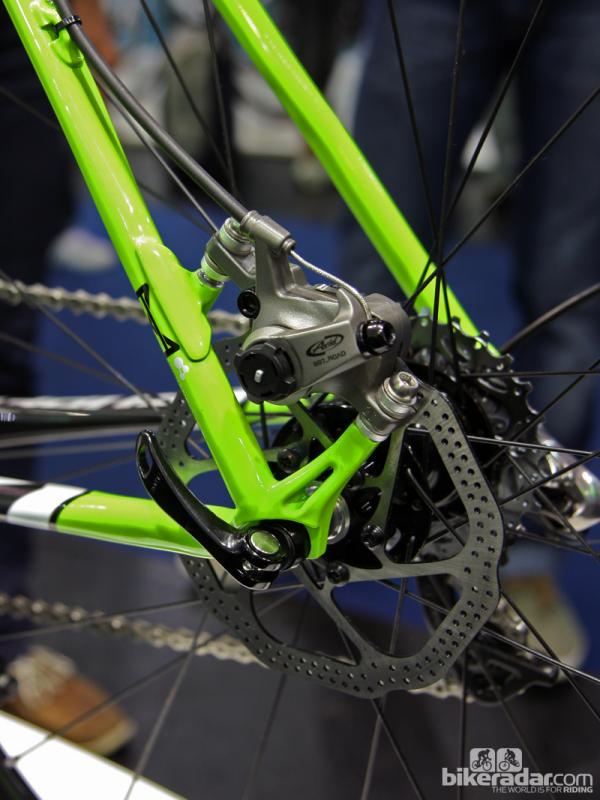
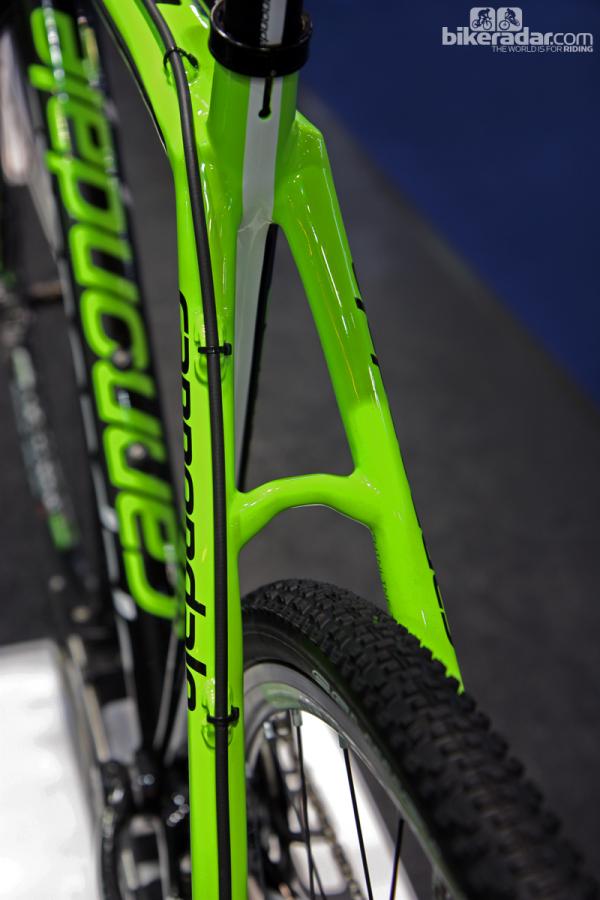
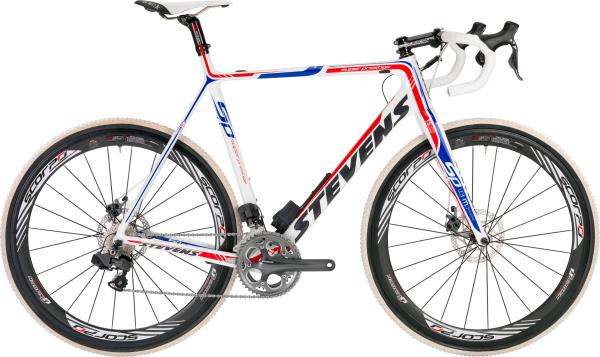
This article originally published on BikeRadar
Two years after the UCI first announced their approval for cyclo-cross, disc brake-equipped bikes have now hit the consumer market in a big way with more than a dozen major brands now including them in their range plus countless smaller outfits. Purists may continue to balk at disc bikes' non-traditional aesthetics, their increased weight, and the lack of high-end wheel choices but there's little argument in terms of pure functionality.
Admittedly, top-level pros seem to have been somewhat slow to make the switch but that tide seems to be changing. Case in point is Cannondale-Cyclocrossworld.com rider Tim Johnson, who started racing regularly on discs last season and continues to compete on them full-time.
"It's definitely the most commonly asked question at the races – every single person asks how they are, how they feel – and the most effective thing I've been able to do is just hand them my bike and let them ride it," Johnson told BikeRadar. "They're almost always totally blown away.
"I really don't think it's going to last much longer where [top European pros] don't think it's the right move. I guess the question is just getting access to it."
Johnson touts performance improvements in every major functional category: consistency, modulation, and power.
"Being able to brake later and harder even when it's very slick and muddy is definitely an advantage. Being able to brake the same way in the beginning of a race, the middle of a race, and the end of a race is what you should have. We've put up with differing levels of braking for so long. I don't know why people still ride some of the brakes that they ride because they're terrible. You could have fifteen different types of brake pads on some of the [wide-profile] brakes that they currently market as 'high-end' and you'd still have braking performance that's worse than my GT Performer from 1993."
Get The Leadout Newsletter
The latest race content, interviews, features, reviews and expert buying guides, direct to your inbox!
That being said, Johnson obviously enjoys the support of a fully backed factory team rider, including a fleet of expertly tuned machines that often only have to hold up for a few laps at a time before swapping to a 'B' or 'C' bike. Other racers of course aren't as fortunate and while the current crop of available brakes are good, there are still some potential pitfalls.
In particular, Edwin Bull of Van Dessel Sports cites excessive pad wear in extremely wet and sandy conditions, which can be problematic with fully mechanical systems that don't self-adjust for wear even with more durable sintered metallic pads installed. His company offers two disc-compatible models but says the limitations in current technology means they aren't for everyone.
"In most conditions disc brakes are great – they offer great control and great feel, and are obviously the future," he told BikeRadar. "However if looking to tackle a hardcore full season of racing in all conditions – without a pit crew and with equipment currently available – I advise people to stick with cantis for now. Of the five true mud races I raced last year, I could not finish a single one on my [Avid] BB7-equipped race bike. Twenty minutes into the race the pads were completely gone.
"If one had a pit crew to work on bikes and swap to spare bikes while the crew adjusted pads, etc., it would have been no problem. However that is not a reality for the majority of people buying their own bikes and equipment. This year I'm using the TRP Parabox system. With both pads inner and outer pads moving, and advancing pads, it's a huge improvement."
In addition, there are the other drawbacks to currently available disc brakes such as weight, frameset and component availability (the de facto 135mm rear hub standard is adopted from mountain bikes, not road bikes), and potentially more complicated wheel swaps due to the tight pad clearances. And while SRAM and Shimano continue to tease more advanced fully hydraulic systems (TRP, Hope, and Tr!ckstuff all currently offer mechanical-to-hydraulic conversions), those are still a ways off from consumer availability with no specific release dates.
"We are currently in the development of hydraulic brakes for road and cross applications," said SRAM road PR and media manager Michael Zellmann. "We are definitely excited about the potential of this technology."
Keen-eyed readers will undoubtedly have noticed that for the most part, it's still business as usual on the European professional circuit with virtually everyone still on rim brakes. Stevens Bicycles brand and marketing manager Volker Dohrmann says even that's soon to change.
"From our experiences, wet conditions and carbon wheels made the modest cantilever performance even more critical," he said. "Hanka Kupfernagel and other riders actively asked for better brakes and the disc delivered performance. Among racers, many teams had tons of 130mm spaced rim brake wheels and did not make the swap this season. However, this will change in the next two years for sure.
"The Stevens racing team still uses disc and cantilever models in parallel. From a business point of view, the sale of disc equipped cyclocross bikes surpassed the quantities of cantilever models in the consumer area of alloy Ultegra bikes. This sudden change came unexpected, even for us.”
In the meantime, here's a brief look at a few of the disc-equipped 'cross bikes you can actually purchase and race today, in alphabetical order.
BH RX Team CX
BH introduced an impressively clever approach to disc brakes and 'cross earlier this year with the new carbon fiber RX Team CX. Rather than build dedicated rim and disc frames, each with different rear hub spacing (rim brakes wheels typically use 130mm OLD while 135mm is fast becoming the standard for disc), the RX Team CX is built with interchangeable rear dropouts and removable canti posts front and rear for a clean look with either configuration.
The RX Team CX's internal routing will also work with either mechanical or electronic drivetrains and other features include a tapered front end, a BB386 Evo bottom bracket shell. Geometry is American-style with a lower center of gravity and longer cockpit reach.
Retail price for a bare frameset is US$2,299 while a complete bike with Shimano Ultegra and Stan's NoTubes disc-compatible wheels will run US$3,499.
Cannondale SuperX Disc
Cannondale was one of the first major brands to go all-in with a high-performance disc-equipped 'cross option with the current SuperX Disc – the disc brake variant of one of BikeRadar's more highly rated cyclo-cross racers. Cannondale equips this chassis with a specifically reinforced carbon fiber fork and places the disc tabs on the chain stay, allowing the spindly seat stays to offload some of the stress for a smoother ride.
The flagship carbon fiber SuperX Hi-Mod Disc model comes with a SRAM Red transmission, FSA SL-K BB30 carbon cranks, Avid BB7 Road brakes, and Stan's NoTubes ZTR Alpha 340 tubeless aluminum clinchers for US$6,100. Riders on more of a budget can instead look to the aluminum CAADX Disc Ultegra with a mechanical Shimano Ultegra transmission, FSA Gossamer Pro BB30 cranks, Maddux GX 400 Disc wheels, and Cannondale's own MB700T mechanical disc brakes for US$2,220.
Colnago Cross Prestige and Cross World Cup
Storied framebuilder Colnago has about as deep a heritage as is possible in the bicycle industry but the Italian company is taking a decidedly forward-looking view towards 'cross. In another sign of the coming tide, both models in the two-bike range – the carbon fiber Cross Prestige and the aluminum Cross World Cup – are being boldly offered exclusively with disc brake mounts for 2013.
The carbon fiber Cross Prestige is based on the bike Sven Nys has been using for the past few seasons and features the same molded carbon fiber front triangle and distinctive curved buttress at the seat tube-top tube junction for more comfortable shouldering. The lugged rear end, however, is now spaced for 135mm rear hubs and sports IS-style disc tabs on the seat stay. Post mounts are used on the matching tapered carbon fiber fork, however.
Claimed frame weight is 1,250g (2.76lb) and suggested retail price for the frameset is US$2,599.
The more economical Cross World Cup model sports the same geometry – and that same distinctive shoulder rest – as the Cross Prestige but fashioned in butted 6000-series aluminum with TIG-welded joints, all paired with a similar tapered carbon fiber fork. Frame weight climbs as a result but the upside is that a complete bike with Shimano 105 and Avid BB5 disc brakes can be had for under US$2,000 – less than the cost of the bare Cross Prestige frameset.
Felt F1X, F3X, and F65X
Like Cannondale, Felt has taken the bold move of making its top 'cross model disc-only for 2013. The F1X features an ultralight all-carbon frame that borrows its construction and design methodologies from the company's impressive F-Series road frames but with additional scalloping for tire clearance, 'cross-specific geometry, and a 3T Luteus fork. The top-end build features SRAM Red, Avid BB7 Road mechanical disc brakes (with 160/140mm front/rear Ashima lightweight rotors), and Mavic Crossmax SLR 29er mountain bike wheels for US$7,249.
The F3X uses a similar carbon frame but with a slightly simplified construction process and heavier carbon fiber, plus a house-brand disc-compatible carbon fiber fork, a mix of SRAM Force and non-series drivetrain components, Avid BB7 mechanical disc brakes, and Felt's own CxR tubeless wheels for US$3,829.
Finally, there's the aluminum-framed F65X with SRAM Apex/Rival bits, Avid BB5 brakes, and Felt CXR disc wheels for US$1,859.
Focus Mares AX 2.0 Disc
Focus is approaching the disc brake 'cross market somewhat tentatively for now. While the Rapha-Focus team is already testing disc-equipped carbon bikes, consumers get a single stock offering – the aluminum-framed Mares AX 2.0 Disc.
Focus builds the Mares AX 2.0 Disc with a triple-butted alloy frame and a carbon disc fork, both anchored with Tektro Lyra mechanical calipers. The mid-range build is filled out with a Shimano 105 transmission, an FSA Gossamer crankset, and Focus's own Concept SL disc-compatible aluminum clincher wheelset for US$1,740.
Litespeed CX Disc
Litespeed's latest CX bucks the industry trend with its TIG-welded 3/2.5 titanium frame. While heavier than some carbon fiber chassis, it's also an enviably durable material for the rough-and-tumble sport of cyclo-cross plus there's no paint to mar, scratch, or chip. In addition to the machined 6/4 titanium post mount rear disc tabs, other modern features include a 44mm oversized head tube that's compatible with a multitude of steerer tube standards, a PressFit 30 bottom bracket shell, and a replaceable aluminum rear derailleur hanger.
Litespeed will offer the CX as a frame-only for US$2,500.
Raleigh RXC Pro Disc
Raleigh doesn't force high-end 'cross customers to make a choice between disc and rim brakes, offering its flagship RXC Pro carbon fiber model in both versions for 2013. The RXC Pro Disc features a specific rear end with a chain stay-mounted caliper that allows for notably slim seat stays, a PressFit 30 bottom bracket shell, a tapered front end, and big tube sections that promise an efficient ride.
The high-end build kit includes an Enve carbon disc fork, a Shimano Ultegra Di2 transmission, Shimano CX70 'cross cranks, Avid BB7 mechanical disc brakes, and Cole C38 Lite carbon clinchers.
Geometry is very traditionally European with a tall 55mm bottom bracket drop and retail price is US$6,000.
Ridley X-Fire Disc and X-Ride Disc
Belgian cyclo-cross icon Ridley offers four disc-equipped bikes this year with three variants of the carbon fiber X-Fire Disc plus the aluminum X-Ride Disc. Each features the same proven geometry as their rim brake-equipped cousins but with a beefed-up non-driveside seat stay and a distinctly burly tapered carbon fiber to handle the increased loads of the Hayes mechanical calipers.
Suggested retail price for the Ultegra Di2-equipped X-Fire is US$4,395, the mechanical Ultegra version is US$3,395, and the SRAM Apex-equipped version is US$2,695. The X-Ride Disc also comes with SRAM Apex for US$2,195.
Specialized CruX Expert Carbon Disc
Specialized previewed an S-Works level disc 'cross bike at the company's global launch back in July but for now, the top model is the CruX Expert Carbon Disc, which uses the same overall shape and design but with a slightly less advanced carbon fiber blend to bring the costs down to a somewhat more reasonable level.
The latest carbon fiber CruX sports true 'cross-specific geometry (the previous version was just a rebadged Tricross) with a US-style low bottom bracket for more stable cornering, a tapered 1 1/8-to-1 3/8" head tube, a PressFit 30 oversized bottom bracket shell, internal cable routing, recessed water bottle bosses, flattened top tubes, and a 'Love Handle' down tube with subtle indentations for better grip.
The CruX Expert Carbon Disc comes with a SRAM Force transmission, FSA SL-K BB30 carbon cranks, Axis CXD aluminum clincher wheels, and Avid BB7 disc brakes for US$3,800 while the CruX Elite Disc Apex trims the cost of entry to US$2,100 with its aluminum frame, SRAM Apex transmission, FSA Gossamer BB30 cranks, and Avid BB5 brakes. Specialized will also offer a bare CruX Carbon Disc OSBB frameset for US$2,200.
Stevens Super Prestige Disc
Stevens was an early pioneer of the disc brake CX movement, building early prototypes for evaluation by sponsored rider Hanka Kupfernagel more than two seasons ago. That bike is now available to consumers as the Super Prestige Disc – a full carbon rig complete with an integrated seatmast, tapered fork, and Di2-compatible internal cable routing.
While the nearly level top tube is distinctly European, the more stable 65-70mm bottom bracket drops are more consistent with US-style courses.
Suggested retail price for the frameset is US$2,499.
Van Dessel Full Tilt Boogie and Gin & Trombones
New Jersey-based Van Dessel Sports has built up a deserved cult following for 'cross bikes what with their excellent US-style geometry, logical cable routing, attainable pricing, and mud-friendly designs. Last year, Van Dessel added optional disc brake compatibility to both its aluminum-and-carbon fiber Gin & Trombones model and the all-carbon Full Tilt Boogie flagship.
The impressively smooth and comfortable, 1,520g (3.35lb) Gin & Trombones frame is mostly built from aluminum but with a particularly burly carbon fiber fork and carbon seat stays. Thread-in posts and cable stops on the frame still allow for rim brake use and the dropouts will supposedly work for both 130mm and 135mm spacing. Suggested retail price for the frame, fork, and headset is US$1,100.
As expected, the all-carbon Full Tilt Boogie is about 250g (0.55lb) lighter but also stiffer under power. Van Dessel offers this model in rim or disc-specific versions with the latter coming exclusively with Enve Composites' superb disc fork for US$1,999.